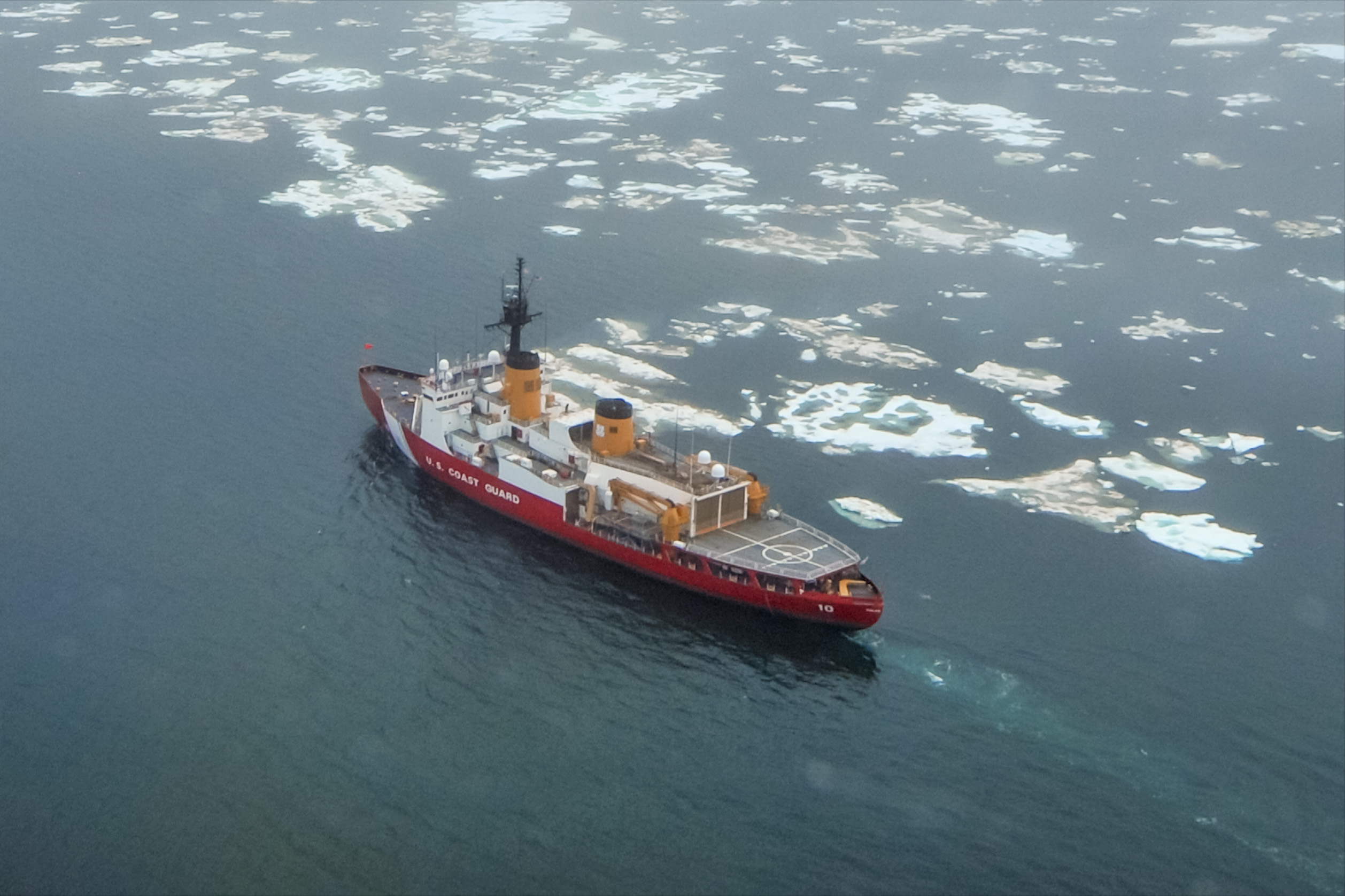How the US could quickly find itself without a working heavy icebreaker
ANALYSIS: The GAO says the current timeline for procuring a new heavy polar icebreaker is a fantasy — and that was before a House committee slashed $750 million set aside to fund it this year.

Two things happened in Washington D.C. this week that suggest the U.S. Coast Guard could soon find itself with no heavy icebreaker.
First, a House committee vote stripped funding funding for a heavy icebreaker from the Homeland Security budget, showing that the Trump administration, the Coast Guard and Congress don’t have their act together on planning for icebreakers in the Arctic
The vote came just a day after a new report criticized the existing timeline to procure a new heavy icebreaker, saying the United States faces an “icebreaker capability gap.”
That’s the polite term from the Government Accountability Office, the Congressional watchdog agency, about a looming disaster under which the United States could find itself without an operating heavy icebreaker within two to five years.
The USCGC Polar Star, the nation’s only existing heavy icebreaker, was commissioned during the Ford administration and needs a $75 million overhaul to keep it going past 2020.
There may not be time to get this renovation work done, “given the amount of maintenance already required on the cutter” and the ship may be inoperable before the rehab begins in two years, GAO said. Spare parts are in short supply or nonexistent, but the Coast Guard hopes to keep limping along with the Polar Star until 2023.
Hidden within the GAO report’s bureaucratic language is a stark warning for the U.S.
The GAO says the completion date was picked because that is the year that the old heavy icebreaker has an appointment with the scrapyard.
To meet this unrealistic goal, the Coast Guard allocated 2.5 years to build the new icebreaker, even though GAO found that shipbuilders believe that 3.5 years will be needed.
In addition, the Coast Guard did not build delays into the schedule, although it often requires months or years to sort out problems on new ships.
“Rather than building a schedule based on knowledge — such as determining realistic schedule targets and analyzing how much time to include in the schedule to buffer against potential delays, and comprehensively assessing schedule risks — the Coast Guard used the estimated end date of the Polar Star’s service life at the primary driver” for the target delivery, GAO said.
It said that “estimating how long an activity takes should be based on the effort required to complete the activity and the resources available and not driven by a specific completion date.”
Yes, the delivery estimate needs to be based on how long it takes to complete the activity.
Translated, that means it is wrong to claim that a deadline can be met with an imaginary schedule.
All of this is setting up a situation in which the Trump administration, the Coast Guard and Congress are promising more than they can deliver.
GAO calls it a “highly optimistic schedule,” which is Washington-speak for a fantasy timeline.
The Coast Guard has long needed a 20-year plan for all of its future ships, but it continues to operate based on year-to-year budgets and a five-year plan, which hides the dangers and the bills that will come due in future years.
For this, blame Congress and the executive branch, though the GAO report sticks to inoffensive language and a diplomatic call for a long-term plan.
There is a collective refusal to study trade-offs or identify priorities. For instance, perhaps the many needs of the Coast Guard should take precedence over the plan to build a wall with Mexico.
This week House Republicans passed out of committee a Homeland Security appropriations bill that cuts $750 million for a new icebreaker, which would guarantee that the 2023 delivery date is fiction — though amendments before a full House vote or reconciliation with the Senate version may succeed in keeping that money in the budget.
Eight years ago the Coast Guard said it needed three medium-duty icebreakers and three heavy-duty icebreakers. It has one of each right now.
The medium icebreaker, the USCGC Healy needs to be replaced in 2029, but the Coast Guard is not making acquisition plans yet.
The year-to-year budget practices allow politicians to avoid talking about the taxes and/or deficit spending that are the unavoidable result of building expensive new vessels and paying for them.
Columnist Dermot Cole can be reached at de*********@gm***.com.